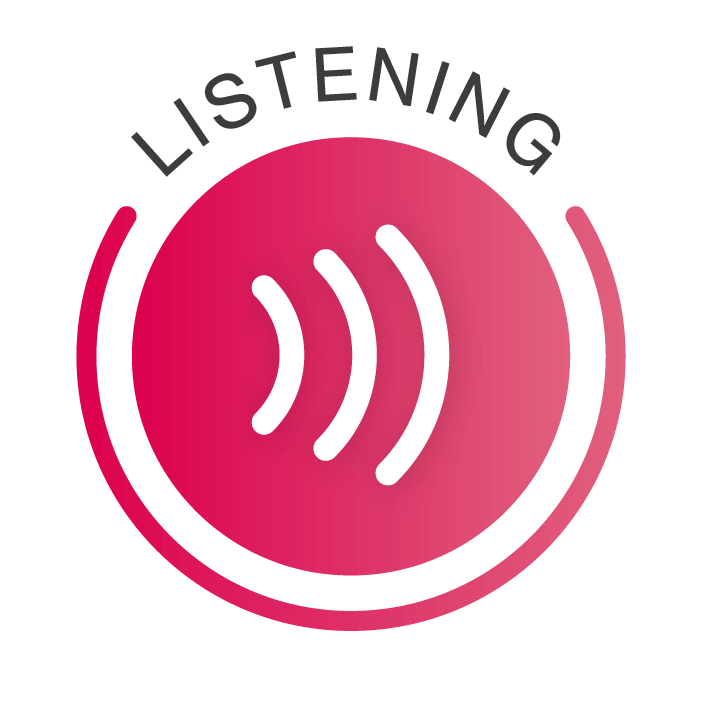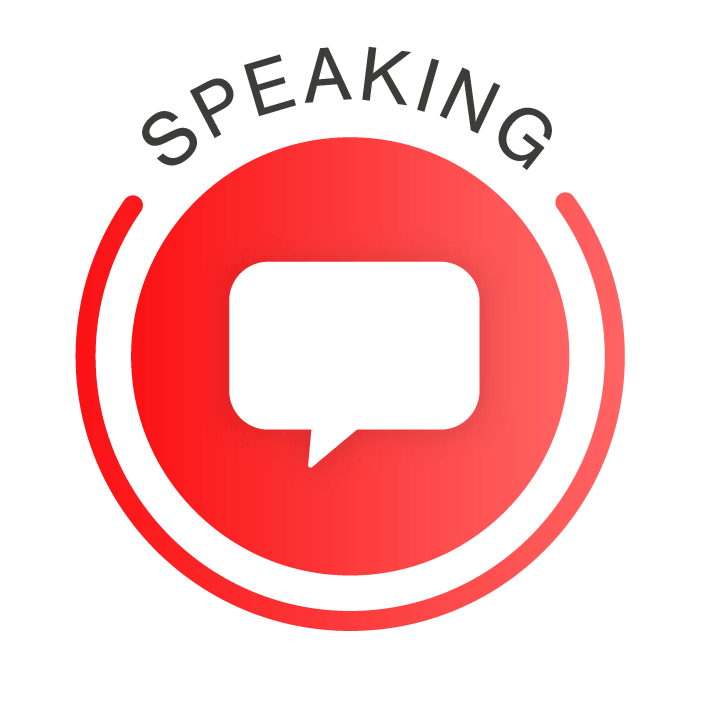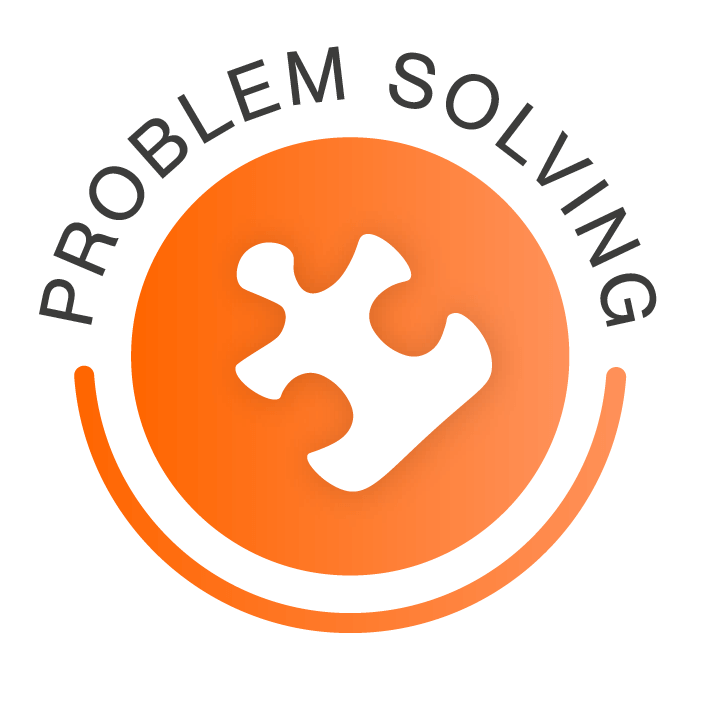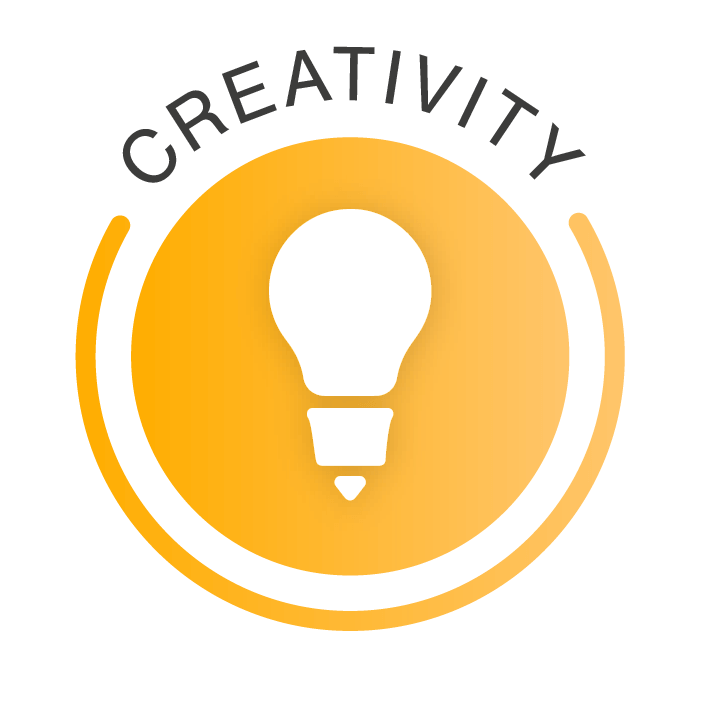Listening
Receiving, retaining and processing information
- Step 1: Focusing
I can listen for at least a short time - Step 2: Recalling
I remember simple instructions - Step 3: Checking
I ask questions if I don't understand - Step 4: Retelling
I pass on information accurately
-
INTERMEDIATE (ages 9-13)
- Step 5: Recognising purpose
I know why someone is communicating with me - Step 6: Note-taking
I record important information - Step 7: Active listening
I show I am paying attention - Step 8: Questioning
I ask open questions to understand more
- Step 5: Recognising purpose
-
ADVANCED (ages 13-17)
- Step 9: Summarising
I rephrase or summarise what I learnt - Step 10: Recognising tone
I recognise tone of communication - Step 11: Identifying influence
I recognise when someone is trying to influence me - Step 12: Comparing views
I compare different points of view
- Step 9: Summarising
-
MASTERY (17+)
- Step 13: Analysing views
I explore why different points of view might come about - Step 14: Investigating bias
I analyse where bias is shown - Step 15: Strategic questioning
I use questions to challenge perspectives - Step 16: Evaluating perspectives
I objectively evaluate and integrate different perspectives
- Step 13: Analysing views



